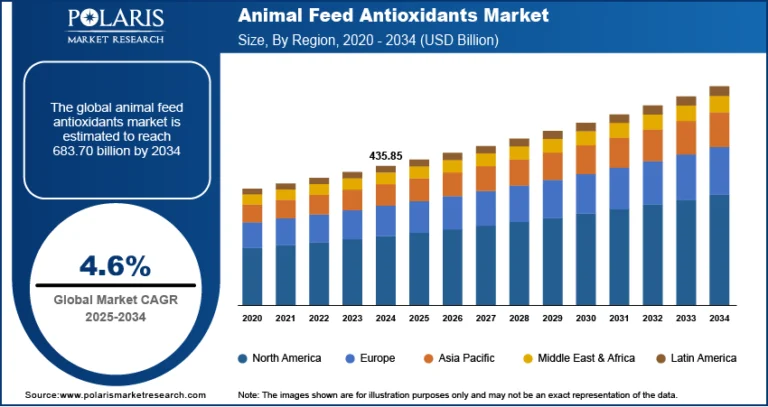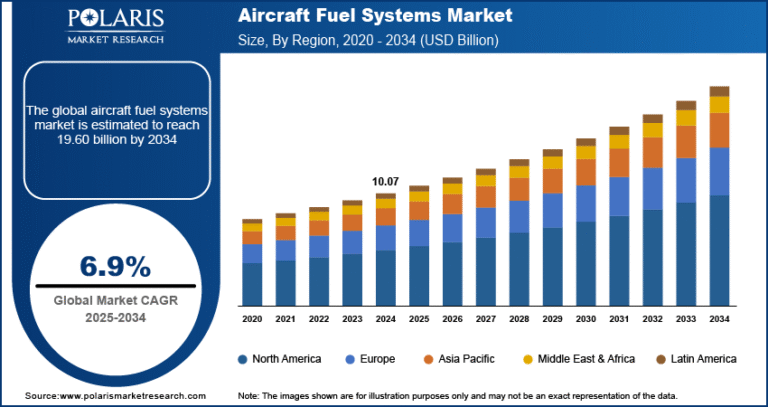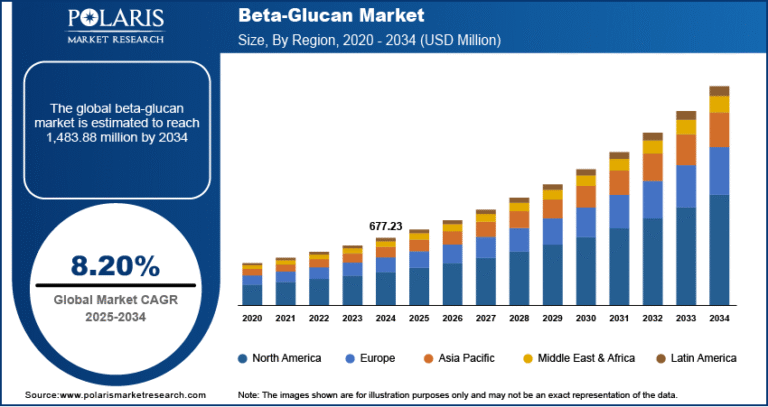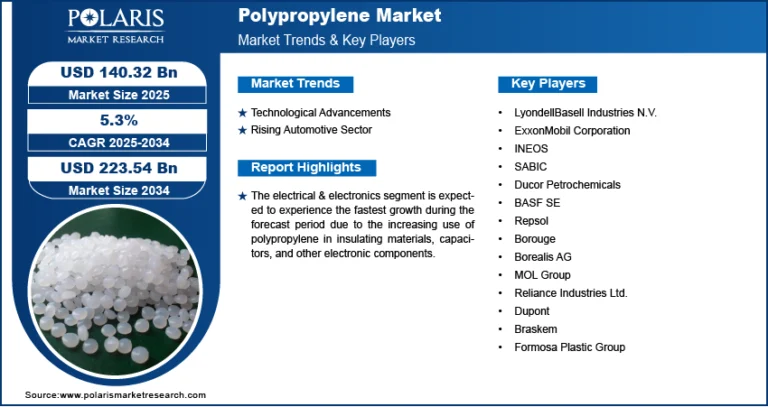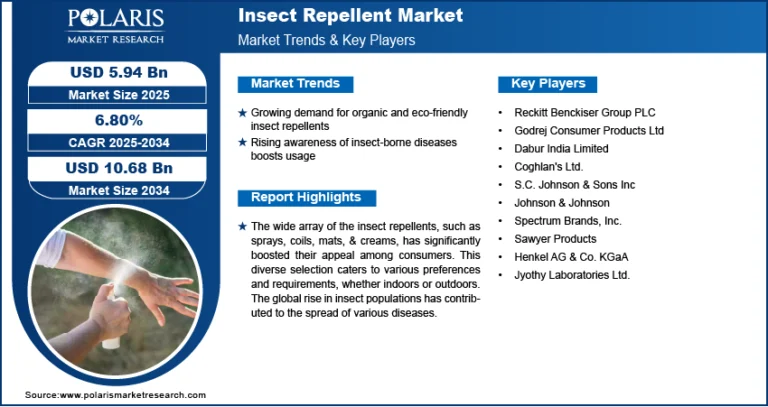Antimicrobial Additives Market Size Worth USD 7.96 Billion by 2034 | CAGR: 8.5%

The global antimicrobial additives market was valued at USD 3.51 billion in 2024. The market is projected to grow from USD 3.80 billion in 2025 to USD 7.96 billion by 2034. It is projected to exhibit a CAGR of 8.5% from 2025 to 2034. The global antimicrobial additives market demand is fueled by rising industrialization; economic growth in countries such as China, Japan, and India; and growing demand from industries such as automotive, food & beverage, and textiles.
Market Overview (Generic – Without Value)
The antimicrobial additives market is gaining significant traction due to heightened concerns around hygiene, infection control, and material durability across various industries including healthcare, packaging, construction, and consumer goods. These additives, which inhibit the growth of bacteria, fungi, and other microorganisms, are increasingly being incorporated into plastics, coatings, textiles, and other materials to enhance safety and product lifespan.
Technological advancements in additive formulations and growing awareness about the risks of microbial contamination are key factors driving demand. With the continued focus on cleaner environments and sustainable manufacturing practices, antimicrobial additives are expected to become a standard component in a wide range of end-use applications over the next decade.
Request For Sample:
Market Size & Forecast
- Market Size Value in 2025: USD 3.80 billion
- Revenue Forecast for 2034: USD 7.96 billion
- CAGR (2025–2034): 8.5%
Key Market Trends & Insights
- Shift Toward Sustainable and Non-Toxic Additives:
Growing demand for eco-friendly, biocompatible antimicrobial additives is leading to increased research into natural and silver-based formulations that reduce environmental impact. - Integration into Consumer Products:
Antimicrobial additives are being used extensively in daily-use products like kitchenware, electronics, and clothing, driven by rising consumer awareness about hygiene and cleanliness. - Healthcare Sector Dominance:
The healthcare industry continues to lead in usage, with demand fueled by infection control needs in hospitals, medical devices, and wound care products. - Smart Packaging Applications Expanding:
Packaging materials with embedded antimicrobial additives are increasingly adopted in the food and pharmaceutical sectors to extend shelf life and reduce contamination risks.
Growth Drivers
- Rising global focus on infection prevention and hygiene
- Surge in demand for antimicrobial plastics and coatings
- Regulatory pressure on safe and sterile product environments
- Increasing adoption in healthcare, packaging, and textiles
- Innovations in nanotechnology and bio-based antimicrobial agents
Conclusion
The antimicrobial additives market is rapidly expanding, driven by hygiene-conscious consumers and industries. Innovation and regulatory compliance will fuel widespread integration across global applications over the coming decade.


